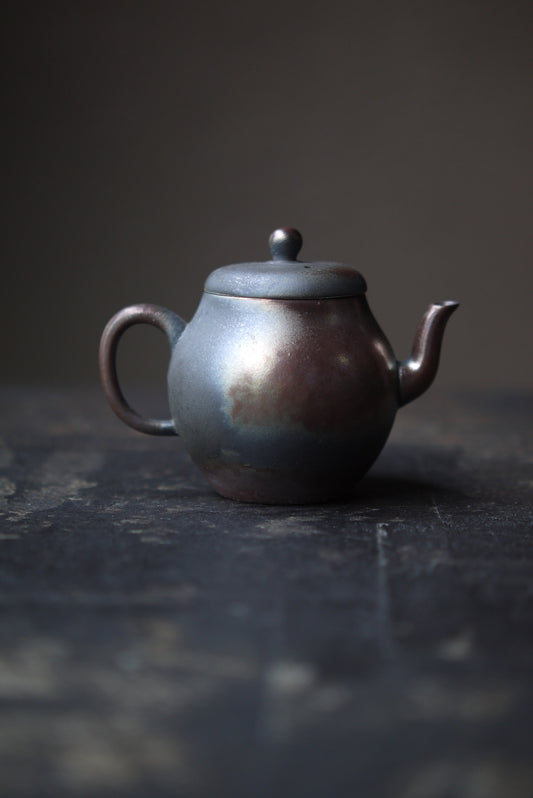
Choosing the Perfect Teapot Material
YuanKevinShare
In the world of tea, selecting the right teapot is crucial. Different teapot materials can greatly impact the aroma, taste, and overall presentation of the tea. By understanding the characteristics of various teapot materials, you can enhance the flavor of the tea. This article introduces several common teapot materials and their advantages, helping tea lovers make the best choice for brewing tea.
 Click the Picture To Shop
Click the Picture To Shop
1. Porcelain Teapot
Porcelain teapots are one of the most common materials due to their glazed surface. With their high-density glaze and fast heat transfer, porcelain teapots do not absorb the tea’s aroma, allowing the tea’s true flavor to shine through. Porcelain teapots are ideal for tasting new teas or for tea drinkers unfamiliar with certain tea varieties. Whether it’s green tea, black tea, or oolong, porcelain teapots bring out the pure essence of the tea, making them especially suitable for floral or lightly fragrant teas.
 Click the Picture To Shop
Click the Picture To Shop
Advantages:
- Quick heat transfer, preserving the tea’s original flavor.
- Suitable for almost all types of tea, especially fresh and lightly aromatic teas.
2. Clay Teapot
Unlike porcelain teapots, clay teapots are unglazed and offer better breathability. The unique dual-pore structure of clay teapots allows tea leaves to “breathe” during the brewing process and interact subtly with the minerals in the clay, enhancing the tea’s depth and richness. Clay teapots are particularly suited for teas with a robust flavor, such as black tea, Wuyi rock tea, and Pu-erh.
Advantages:
- High breathability, enhancing the tea’s richness.
- Best for strong-flavored teas like Pu-erh, black tea, and rock tea.
3. Yixing Zisha Teapot
Known for its porous structure and mineral content, the Yixing Zisha teapot is famous for “enhancing without overpowering” the tea’s aroma. Zisha teapots are not only practical but also aesthetically pleasing with their ancient simplicity and elegance. Zisha teapots are excellent for brewing fermented teas like aged Pu-erh, aged white tea, and dark teas.
Advantages:
- Retains tea aroma without absorbing external odors.
- Ideal for high-fermentation teas like aged Pu-erh, aged white tea, and dark tea.

4. Glass Teapot
The most distinctive feature of glass teapots is their transparency, allowing tea drinkers to appreciate the beauty of tea leaves unfolding in water and the color of the tea infusion. Glass teapots are perfect for brewing teas that highlight visual aesthetics, such as green tea, black tea, or herbal tea. Glass teapots do not absorb the tea’s fragrance, preserving the true essence of the tea.
Advantages:
- Visual brewing experience, ideal for appreciating tea leaves.
- Suitable for brewing green tea and herbal teas.
5. Silver Teapot
Praised by ancient tea masters, silver teapots are known for their ability to soften water and purify it, enhancing the tea’s aroma. Silver teapots also have excellent heat conduction, which helps quickly release the tea’s fragrance. They are suitable for almost all types of tea, especially for teas with fresh and floral notes.
Advantages:
- Softens water and brings out tea aromas.
- Suitable for almost all teas, especially delicate bud teas and floral teas.
Conclusion
The choice of teapot material has a direct impact on the tea-brewing experience. For tea lovers who wish to explore the pure flavor of tea, porcelain or glass teapots are ideal; for those who prefer rich, deep flavors, clay or Zisha teapots are the best options; and for those seeking a luxurious experience, the silver teapot is undoubtedly the best choice.
No matter the material, tea is more than just a beverage—it’s a way of cultivating one’s mind and spirit. By using different teapot materials, we can enhance our appreciation of tea. Let’s live well and drink tea well!

 Click the Picture To Shop
Click the Picture To Shop







